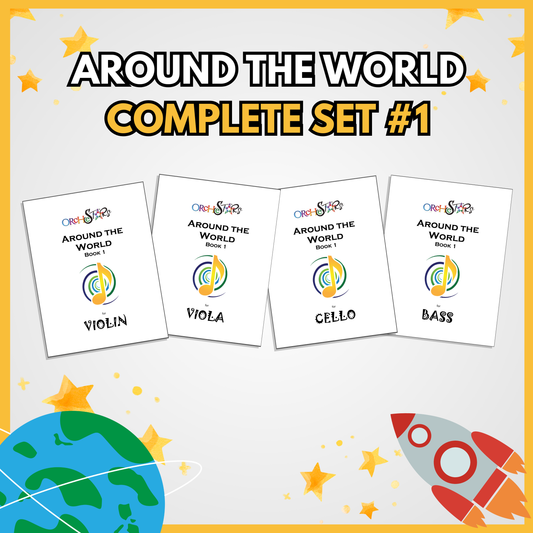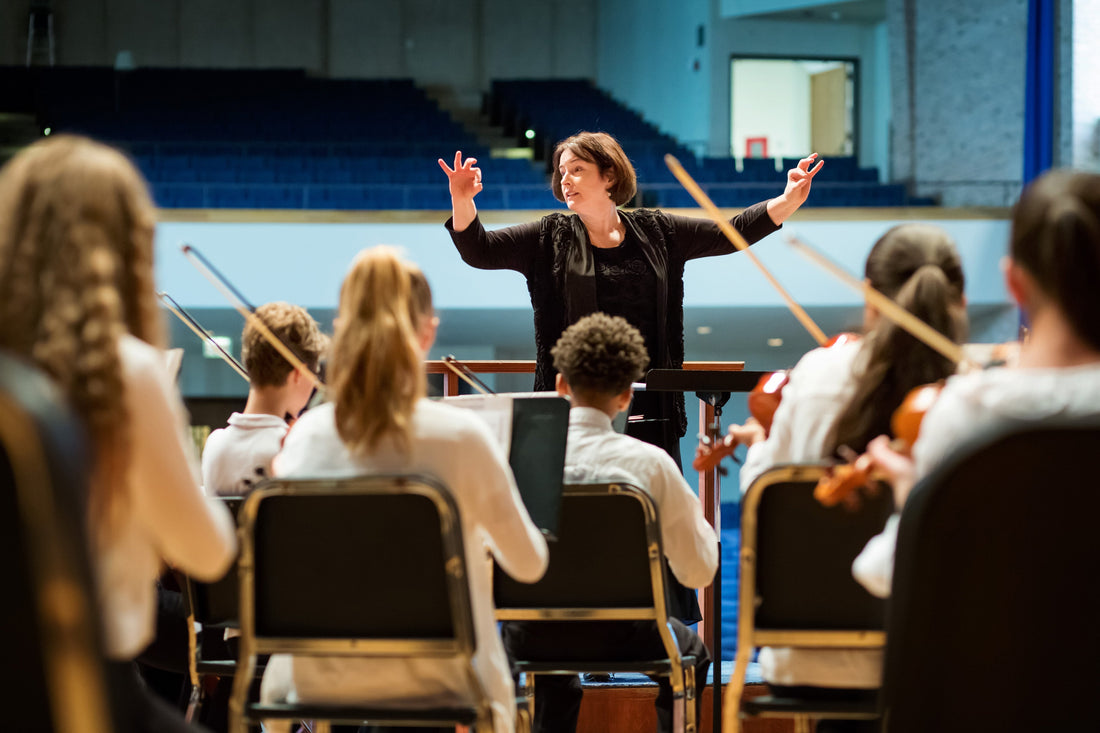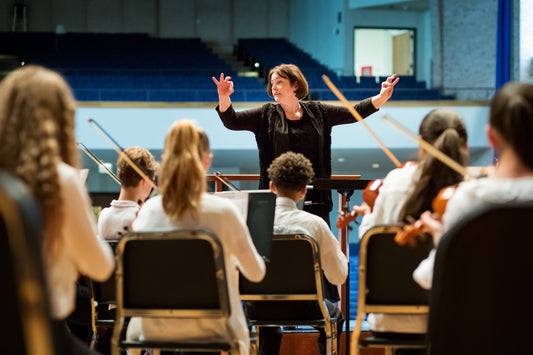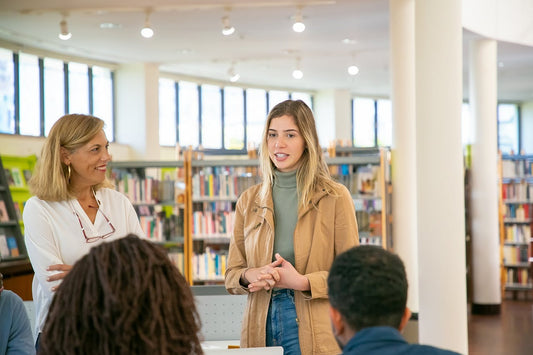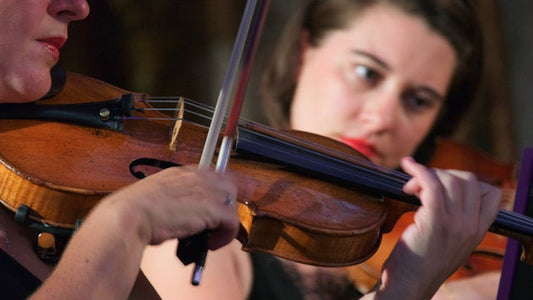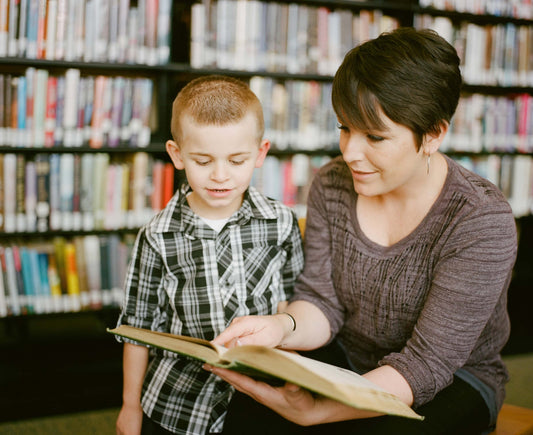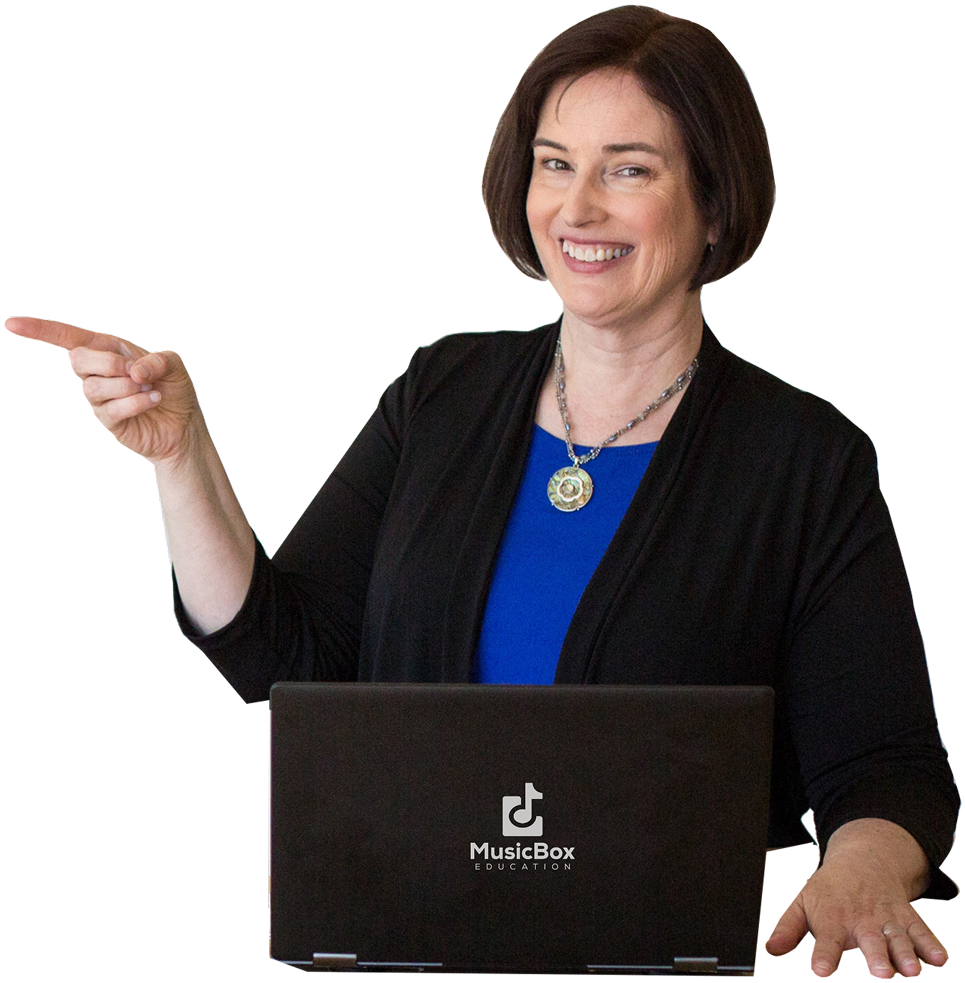One of the most amazing tenets of the Suzuki method is that to learn to be a Suzuki teacher, you have a mentor. And those mentors give you relevant and practical advice to make you the best teacher ever. So……here are some ideas from author Ben Johnson's article on Great Teachers Don’t Teach.
What are the characteristics of an effective teacher? What do you remember about your best teachers?.
My experience is that good teachers care about students. Good teachers know the content and know how to explain it. Good teachers expect and demand high levels of performance of students. Good teachers are great performers and storytellers that rivet their students' attention.
All of this is good but great teachers engineer learning experiences that maneuver the students into the driver's seat and then the teachers get out of the way. Students learn best by personally experiencing learning that is physical, emotional, intellectual and spiritual. John Dewey had it right in 1935 when he espoused his theories on experiential learning. Today we call this constructivism.
IN THE CLASSROOM
Long past are the times when we teach content. A great teacher will devise a way to give the students an urgent reason to learn skills or knowledge and then let them show they have learned it by what they can do. This is called project-based learning.
A great teacher will keep the students wanting to come to school just to see what interesting things they will explore and discover each day. We call this inquiry.
The philosophy that supports such a great teacher is simple. Students learn best when they are in control of their learning. Students must do the heavy lifting of learning and nothing the teacher can say or do will change that. Real learning requires doing, not listening, or observing only.
The word "teacher" implies the flow of knowledge and skills from one person to another. Yes, there are times when direct instruction is necessary, but only to be able to do something with that knowledge or skill, but a great teacher devises learning experiences that force all the students to be engaged much like being in the deep end of the swimming pool. Then the lesson on arm and leg strokes becomes relevant. To learn, the students must do something. We call this performance-based learning.
TAKING ACTION
Great teachers do not teach. They stack the deck so that students have a reason to learn and in the process can't help but learn mainly by teaching themselves. This knowledge then becomes permanent and cherished rather than illusory and irrelevant.
And this is what we do every day!


